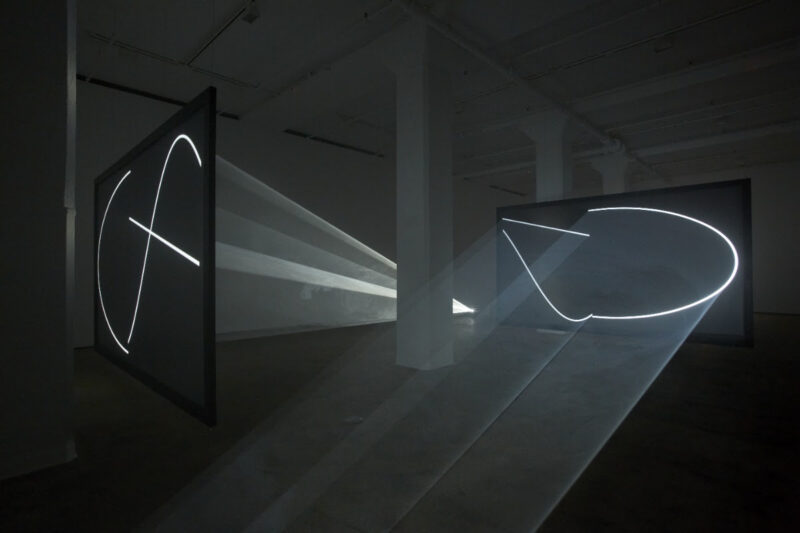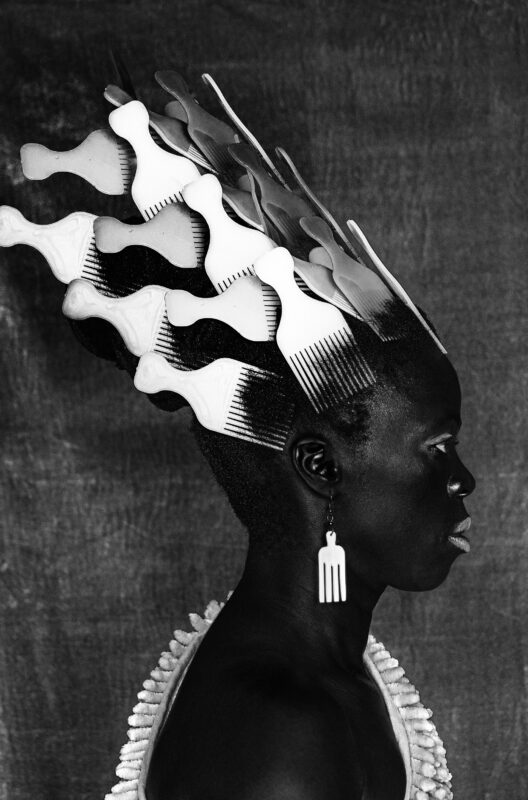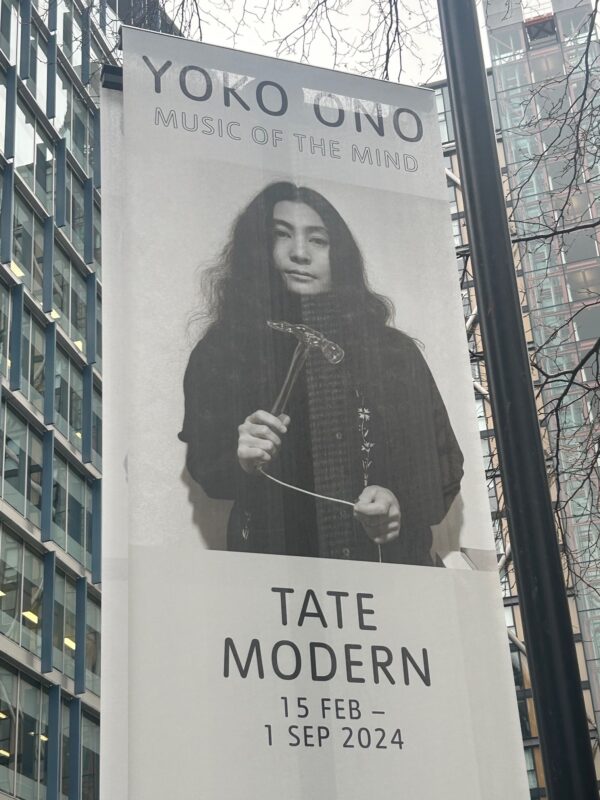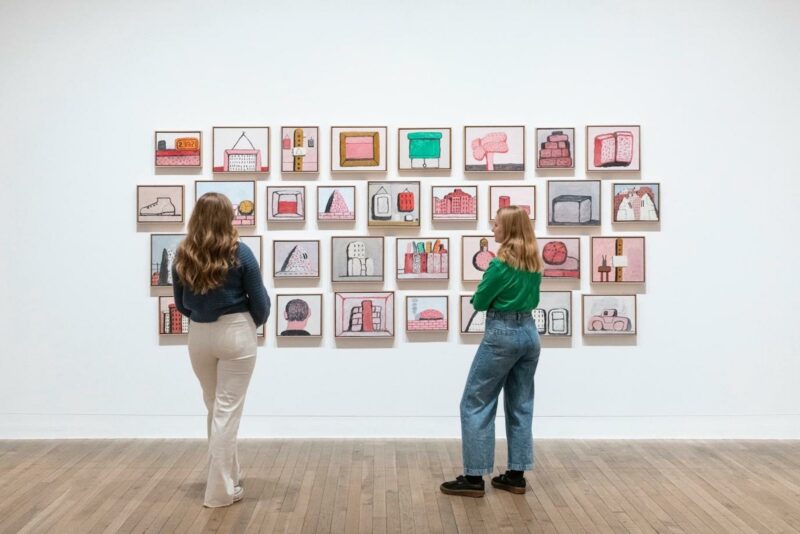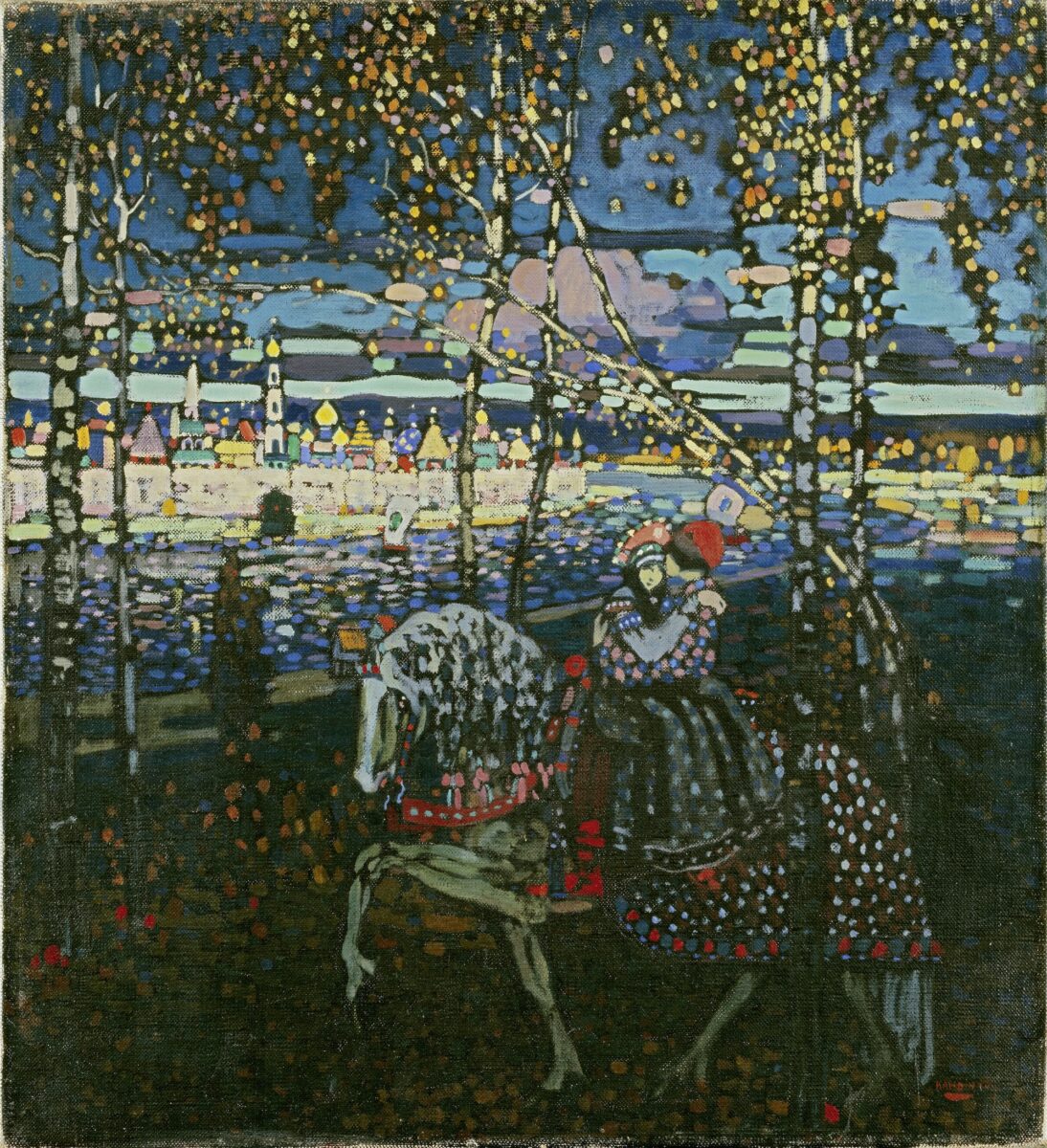
In the early 20th century, an international circle of friends came together to transform modern art. Their story is told in a major new exhibition at Tate Modern – Expressionists: Kandinsky, Münter and the Blue Rider – celebrating their radical experimentation with form, colour, sound and performance.

The show draws on the world’s richest collection of expressionist masterpieces at the Lenbachhaus in Munich, alongside rare loans from public and private collections, including works never previously seen in the UK. From celebrated artists like Wassily Kandinsky, Gabriele Münter, Franz Marc and Paul Klee, to previously overlooked figures like Wladimir Burliuk and Maria Franck-Marc, the exhibition reveals the multicultural and transnational nature of this key moment in early modernist art.
The Blue Rider (Der Blaue Reiter) was a loosely affiliated and diverse network of artists, connected by their desire to express personal experiences and spiritual ideas. They published their groundbreaking Almanac in 1912, edited by Kandinsky and Marc, and staged two public exhibitions in 1911 and 1912. The collective brought together highly individual creatives from across western and eastern Europe and the USA to form ‘a union of various countries to serve one purpose’. They proclaimed that ‘the whole work, called art, knows no borders or nations, only humanity.’
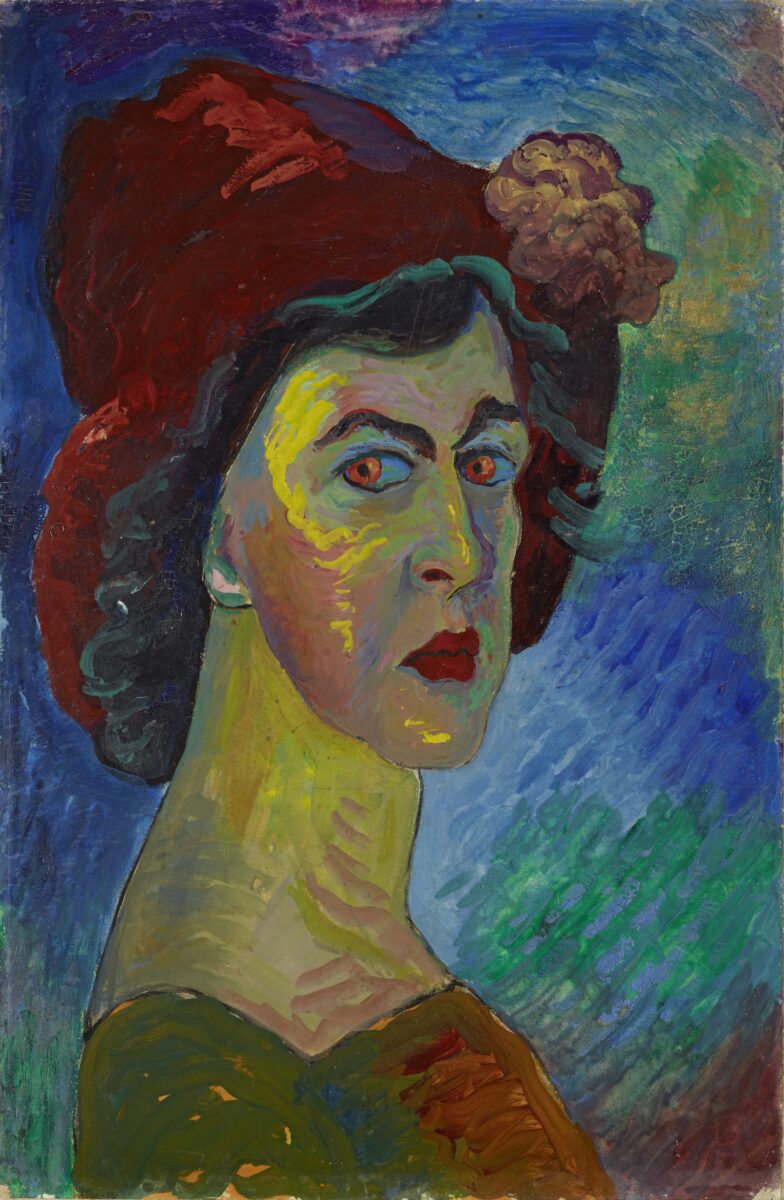
Tate Modern’s exhibition begins with the collective’s core couple of Kandinsky and Münter and their creative network in pre-First World War Munich. Munich at that time was an artistic hub of experimentation where different cultures and experiences converged. A room of stunning portraits and self-portraits introduce this diasporic creative community, including Marianne Werefkin’s Self-Portrait c. 1910 and Münter’s Listening (Portrait of Jawlensky) 1909. A selection of photographs from the Masterpieces of Muhammadan Art exhibition staged in Munich in 1910 and Erma Bossi’s bold and expressive Circus 1909 demonstrate diverse urban experiences, while themes of sexuality and performance are explored through Werefkin’s collaboration with free-style performer Alexander Sacharoff, including her provocative 1909 portrait reflecting the dancer’s androgynous persona.
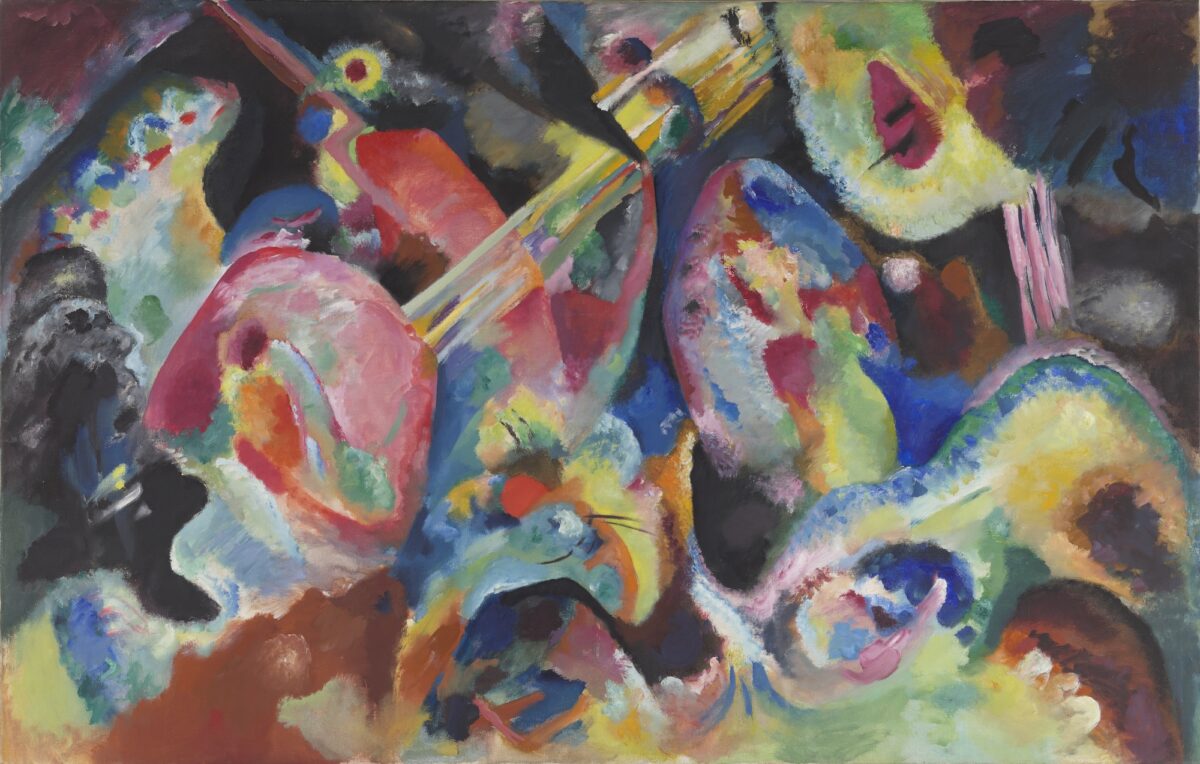
The urban centre of Munich is contrasted with rural Murnau, a small sub-Alpine Bavarian town which became home for Münter and Kandinsky from 1909. This space for creative exchange and artistic experimentation inspired a new search for spirituality and an interest in folk art. Encounters with the local landscape and vernacular culture influenced a move to expressive painterly compositions focused on the power of line and colour, leading Kandinsky and Münter to radically new approaches in both abstract and figurative painting such as Improvisation Deluge 1913 and Portrait of Marianne Werefkin 1909. Meanwhile, their friends and collaborators Marc and Franck-Marc explored the animal world and the creativity of children through works such as Tiger 1912 and Girl with Toddler c. 1913.
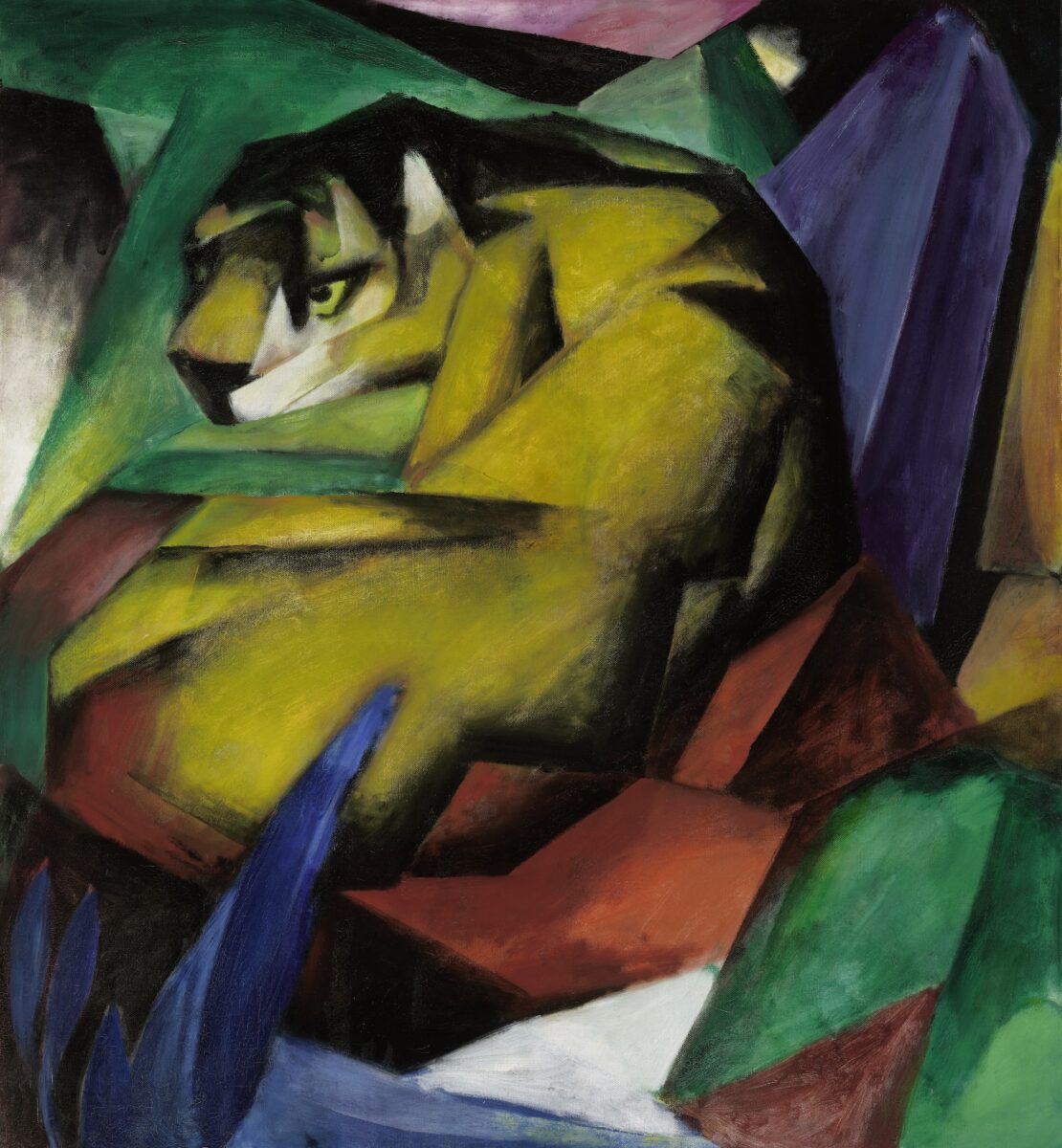
Some rooms offer visitors experiential environments focused on single works which capture modernism’s fascination with sound, colour and light. These include Kandinsky’s Impression III (Concert) 1911, revealing his interest in the neurodiverse condition known as synaesthesia in which one of the senses is experienced through another, and Franz Marc’s 1911 Deer in the Snow II, whose mysteries are unlocked through an exploration of colour theory and optics.
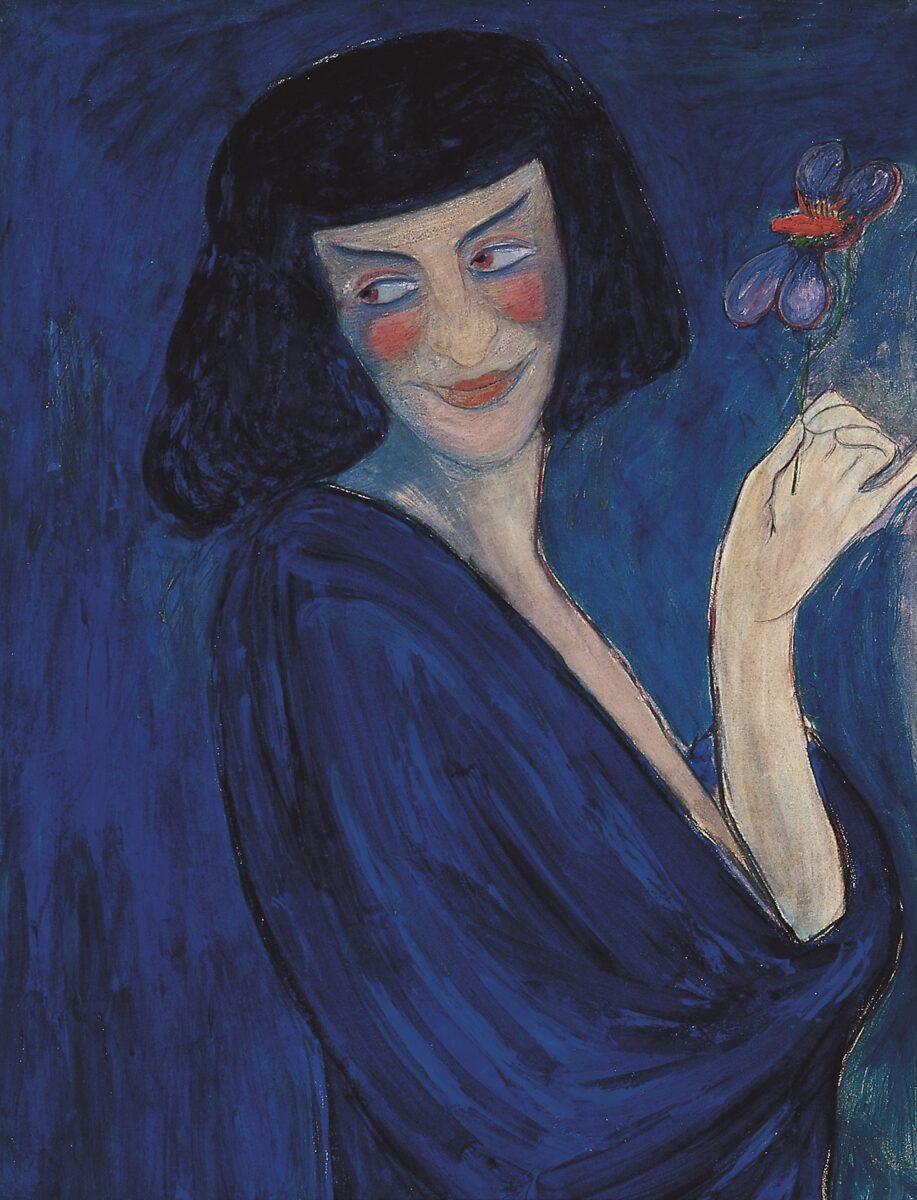
The exhibition concludes by showing how the Blue Rider artists ensured their lasting legacy in ways we recognise today – publishing manifestos and editorials, curating exhibitions, touring shows, and fostering relationships with museums and galleries. Münter staged a solo show at Berlin’s Der Sturm, Klee’s Legend of the Swamp 1919 nearly perished in the infamous Degenerate Art exhibition of 1937, while Kandinsky’s text On the Spiritual in Art was translated and is still published internationally across the globe. With the outbreak of the First World War in August 1914 the collective was dispersed, but their ideas and aspirations for a transnational creative community still resonate powerfully today.
Expressionists: Kandinsky, Münter and the Blue Rider is organised by Tate Modern in collaboration with Lenbachhaus Munich. It is curated by Natalia Sidlina, Curator International Art, Tate Modern and Genevieve Barton, Assistant Curator, International Art, Tate Modern.
Expressionists: Kandinsky, Münter and the Blue Rider, 25th April – 20th October 2024, Tate Modern
Tate Members get unlimited free entry to all Tate exhibitions. Become a Member at tate.org.uk/members. Everyone aged 16-25 can visit all Tate exhibitions for £5 by joining Tate Collective. To join for free, visit tate.org.uk/tate-collective.

